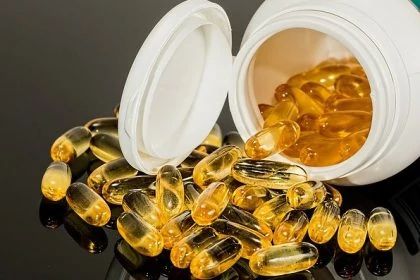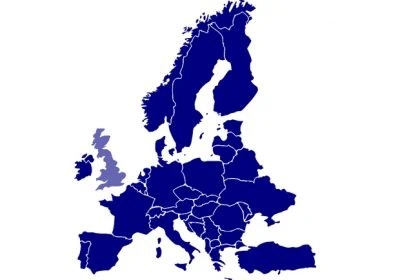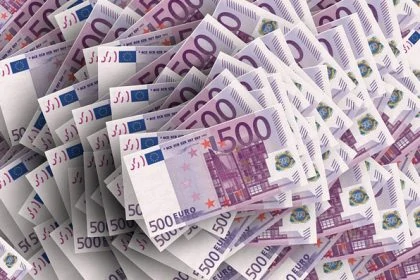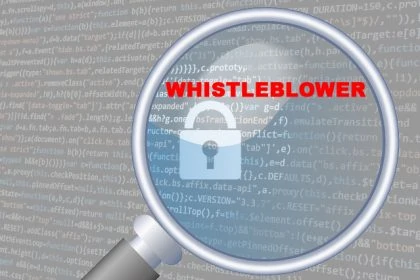If the description of a patent allows an indeterminate, unclearly large number of claims from this patent, it can be invalidated. The U. S. Federal Appeals Court ruled whether the term “effective to catalyze” justifies a patent claim.
No objective boundaries for “effective”
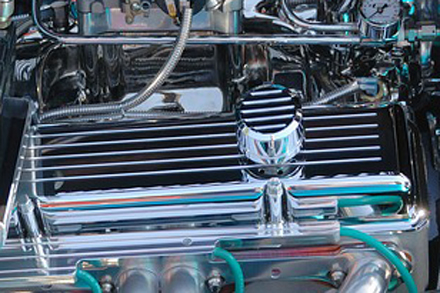 The main focus of the dispute is a corresponding patent of BASF Corp. and its opponent is Johnson Matthey Inc. (No. 2016-1770,2017 WL 5559629). The patent of BASF Corp. (No. 8.524.185) describes a partially double-layered arrangement of materials that is “effective to catalyze” exhaust gases. In 2014, BASF sued its competitor Johnson Matthey Inc. for infringement of this patent. Johnson Matthey objected.
The main focus of the dispute is a corresponding patent of BASF Corp. and its opponent is Johnson Matthey Inc. (No. 2016-1770,2017 WL 5559629). The patent of BASF Corp. (No. 8.524.185) describes a partially double-layered arrangement of materials that is “effective to catalyze” exhaust gases. In 2014, BASF sued its competitor Johnson Matthey Inc. for infringement of this patent. Johnson Matthey objected.
The defendant Johnson Matthey focused on catalytic materials and argued that the language was “effective to catalyze” and that there were no objective limits to the required effectiveness or measurement of effectiveness. The U. S. District Court Delaware agreed with Johnson and ruled that the claims under the BASF patent are too vague under 35 U. S. C. and are therefore invalid.
BASF victorious before U.S. Court of Appeals for the Federal Circuit
The U. S. Court of Appeals for the Federal Circuit has recently, at the end of 2017, annulled the decision of the U. S. District Court Delaware . U. S. Court of Appeals decided that the invention was based on a two-layer structure, not on the selection of certain catalysts or materials. The U. S. Court of Appeals considered it important in this context that there was no dispute about the materials that were able to catalyze the claimed reactions and that there were objective tests to determine the effectiveness of the catalysts.
In Nautilus, Inc. v. Biosig Instruments, Inc., 134 p. Ct. 2120 (2014), the Supreme Court has introduced a standard (“reasonable certainty”) for the analysis of the determination of a patent claim applied in a number of lawsuits. Accordingly, a patent according to 35 U. S. C. § 112 is too vague if the claim “fails to inform the skilled workers with reasonable certainty about the scope of the invention”. However, reasonable certainty does not require absolute or mathematical precision.
Ultimately, it is therefore not decided at all whether the term “effective to catalyze” would not actually be too vague for a patent claim. However, because the context of the BASF patent “two-layer structure” was not directly related to the “effective” language in BASF’s patent, the U. S. Court of Appeals for the Federal Circuit confirmed BASF’s patent claim and overturned the decision of the U. S. District Court Delaware.
Sources:
picture:

